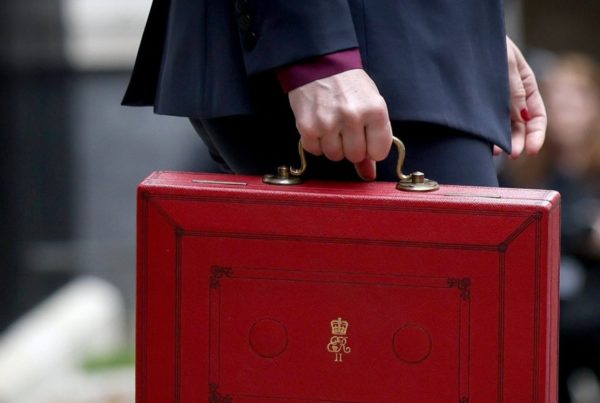The Importance of Funding in Property Projects
Funding is a critical piece of a property project jigsaw and understanding your options is a critical part of your decision making, but it doesn’t stop there.
Understanding the funding options will have limited benefit unless you understand how you should be combining the funding options to maximise the benefit.
The Power of Combining Mortgage and Bridging Finance
In a previous blog we have talked about the differences and benefits between mortgage finance and bridging finance, but the real magic happens when the 2 are combined.
You can, of course use either option on its own and gain their respective benefits but if you purchase with the bridge, complete the works necessary to uplift the value of the property and then refinance onto a mortgage to rent the property out, the process unlocks the huge benefit of reducing the amount of money you need in your pocket to fund a property project.
Benefits of Reducing Upfront Costs
If you reduce the amount of money you need to complete a project, it benefits you in 2 ways.
Let’s say you have £50k in your pocket to use as upfront costs and deposit (if required). Using traditional lenders, without combining their benefits you may be able to fund a project worth £200k, however by combining the funding, this number could be higher. You could:
- Fund bigger deals with the same amount of money in your pocket.
- Fund the same size deals, but have the ability to fund more projects at the same time.
Both options increase the potential profit you have access to.
Real-Life Example: Combining Finance Options
Let’s have a look at this in a real-life example.
Consider a house worth £200k that you’re buying for £175k, which you would like to refurbish for £50k and sell for £350k. There are other costs associated with completing this process, but let’s keep it really simple in order to show the power of combining finance.
For this example, imagine you have £50k and no access to additional funds. If you were buying this on a 75% mortgage, you would need a deposit of £43,750. You would also need the full refurb amount of £50k, totalling £93,750.
Now, if you purchase this project on a bridge that uses value, not price as the determining factor of the 70% LTV, you might only need to pay a deposit of £35k AND you could fund the refurbishment cost from the bridger too, reducing the overall amount of money required in your pocket from £93,750 to £35k a reduction of £58,750.
Transitioning from Bridge Loan to Mortgage
However, the issue with this is that the bridger will be charging you significantly more per month than the mortgage, so once we have bought it on the bridge, we need to move it over to the mortgage as soon as possible.
Unlike mortgages, bridging finance is designed for short term loans, so the bridger will be expecting you to exit from the bridge, unlike the mortgage company, who would take a dim view of you doing so.
Bridging finance costs around 1% per month, which in this case would cost £1,400 per month. However, a mortgage at 4% would cost £739 per month, nearly half the cost and possibly the difference between the deal working and making a profit or not.
Refinancing to Secure Long-Term Benefits
So, at his point we need instruct a mortgage company to give a refinance price to exit from the bridge and put us on the low cost, long term mortgage product.
This will take the same amount of time as a normal mortgage application, so you need to start this process prior to finishing the refurbishment.
You will need to get the property valued to confirm the price increase, and the mortgage company may ask you how there is such a difference in price between what you paid for the property and the up-to-date valuation, so you should keep pictures, invoices and proof of the amount of work you have done to justify the difference.
Maximising Returns with Combined Finance Options
Now you’re applying for a remortgage and you have the valuation at £350k, you can apply for the mortgage based on the valuation, so you could borrow £262,500, which pays off your bridger, pays you back AND puts a little extra money in your pocket, if you decide to borrow up to your maximum.
Combining the 2 finance options provide you huge benefits.
Once you have refinanced a property which has a good margin, can even mean you add the property to your portfolio and repay your initial investment in full, meaning the income you make has an infinite return based on having no money left in.
How Sourced Can Help You
At Sourced we train our partner’s how to start or scale their very own property portfolio.
Do you want to know more about how you can join Sourced and grow your own property business with our support?
Download our prospectus now to find out more.




